Protect Your Identity Online in Minutes: A Quick-Start Guide to Digital Security
In today's interconnected world, your online identity is a valuable asset—and a prime target for cybercriminals. From phishing attempts to data breaches, the threats are constant and evolving. The good news? You don't need to be a cybersecurity expert to significantly enhance your digital safety. With just a few minutes and some smart practices, you can build a stronger shield around your personal information.
Here’s how you can protect your identity online in minutes:
1. The Power of Strong, Unique Passwords
This is the bedrock of online security. A weak or reused password is an open invitation for hackers.
- Action: Immediately update your most critical accounts (email, banking, social media) to strong, unique passwords. Aim for a mix of uppercase and lowercase letters, numbers, and symbols.
- Time-Saver: Use a reputable password manager. These tools generate complex passwords for you and store them securely, meaning you only have to remember one master password. This is the ultimate "set it and forget it" for password management.
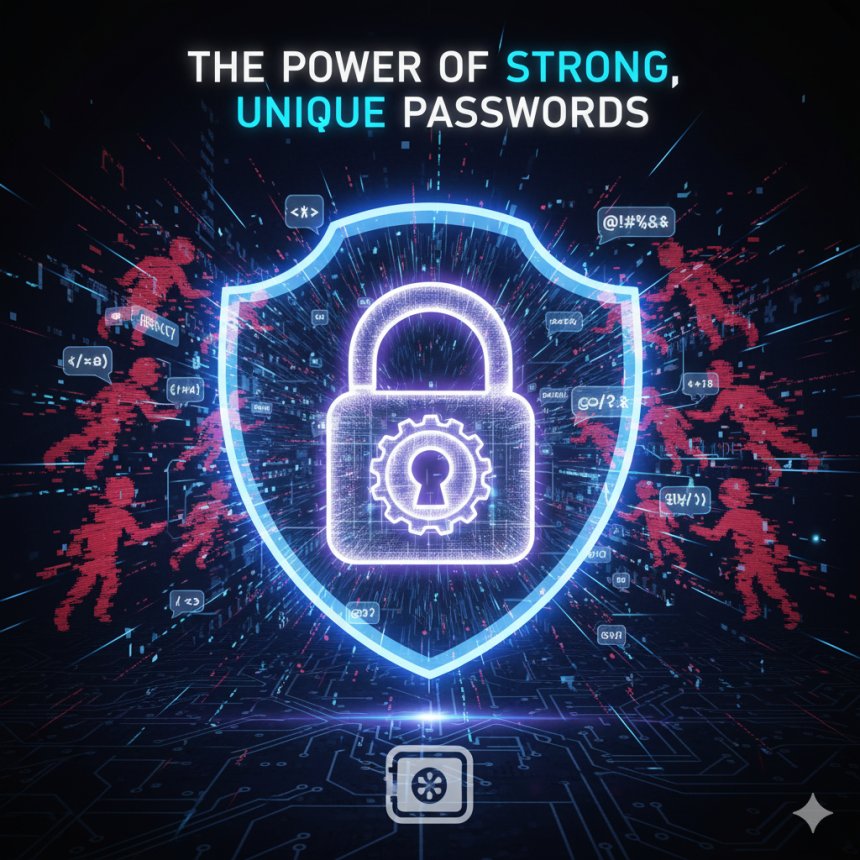
2. Activate Two-Factor Authentication (2FA) Everywhere
2FA adds an extra layer of security beyond just a password. Even if a hacker gets your password, they can't access your account without this second verification step.
- Action: Enable 2FA on every account that offers it, especially email, social media, and financial services.
- How it Works: Typically, after entering your password, you'll receive a code via text message, an authenticator app like Google Authenticator, or a physical security key that you must also enter.
- Why it Matters: This simple step significantly reduces your risk of account takeover.
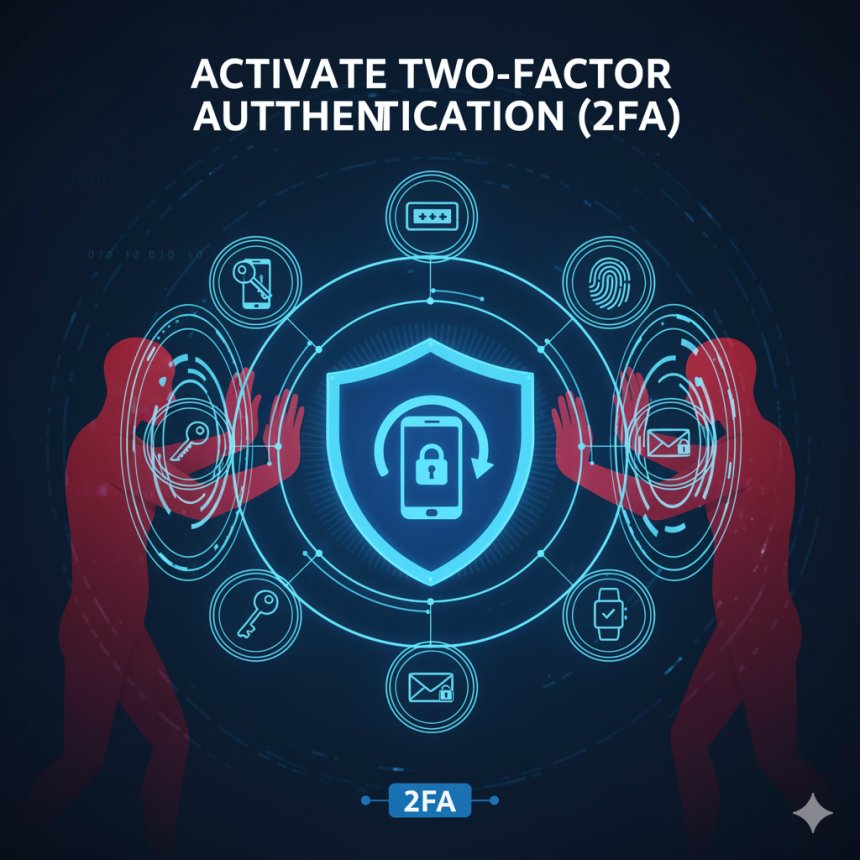
3. Review Your Privacy Settings
Many online platforms default to sharing more of your information than you might be comfortable with. Taking a few minutes to review and adjust these settings can make a big difference.
- Action: Go to the privacy settings on your major social media platforms (Facebook, Instagram, LinkedIn, X/Twitter) and other frequently used services.
- Focus On:
- Who can see your posts and profile information? Restrict it to "Friends" or "Private" where appropriate.
- Location sharing: Disable it for apps that don't absolutely need it.
- Ad personalization: Limit how much data platforms collect to tailor ads.
- Benefit: Reduces your digital footprint and the amount of personal data available to potential attackers or data brokers.
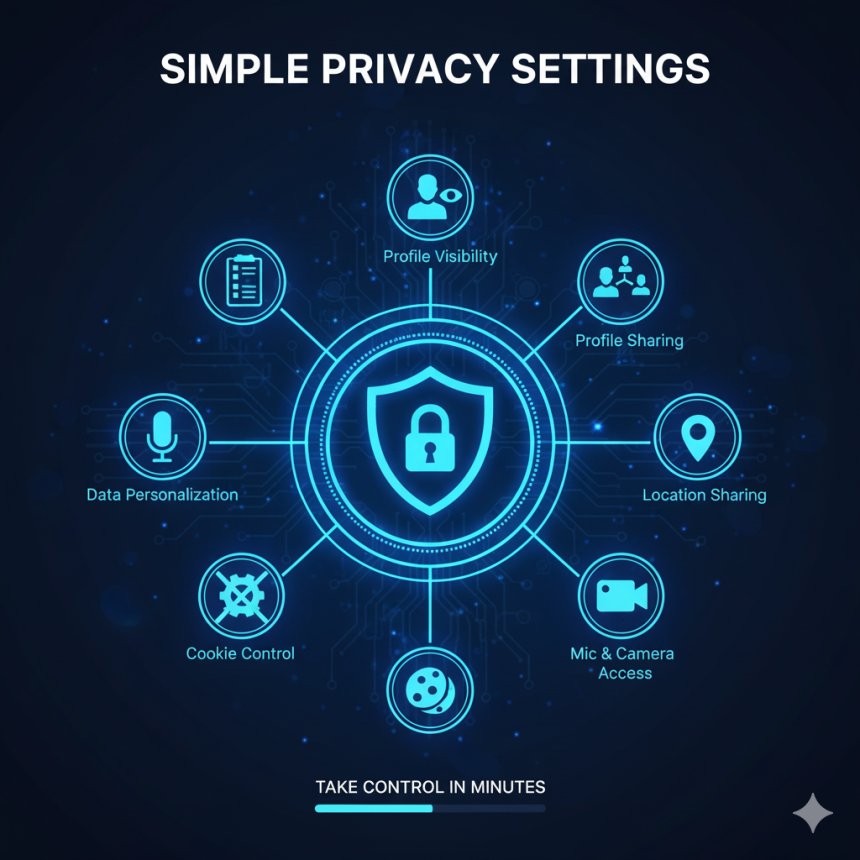
4. Be Wary of Phishing Attempts
Phishing emails, texts, and messages are a primary method for identity theft. They trick you into revealing sensitive information.
- Action: Before clicking on any link or downloading an attachment, pause and examine the sender.
- Check the sender's email address: Does it exactly match the legitimate organization? Look for subtle misspellings.
- Hover over links: Does the URL truly lead where it claims?
- Look for urgency or threats: Legitimate organizations rarely demand immediate action or threaten account closure via email.
- If in doubt, go directly to the source: If you get an email from your bank, don't click the link. Open your browser and type in your bank's official website address.
- Benefit: Prevents you from unknowingly handing over your login credentials or personal data.
5. Keep Your Software Updated (Ongoing - Quick Notifications)
Software updates often include critical security patches that fix vulnerabilities that attackers could exploit.
- Action: Enable automatic updates for your operating system (Windows, macOS, iOS, Android), web browser, and other essential applications.
- Why it's Fast: Most modern systems and apps handle this in the background or with quick, unintrusive prompts.
- Benefit: Ensures you're protected against the latest known security flaws.
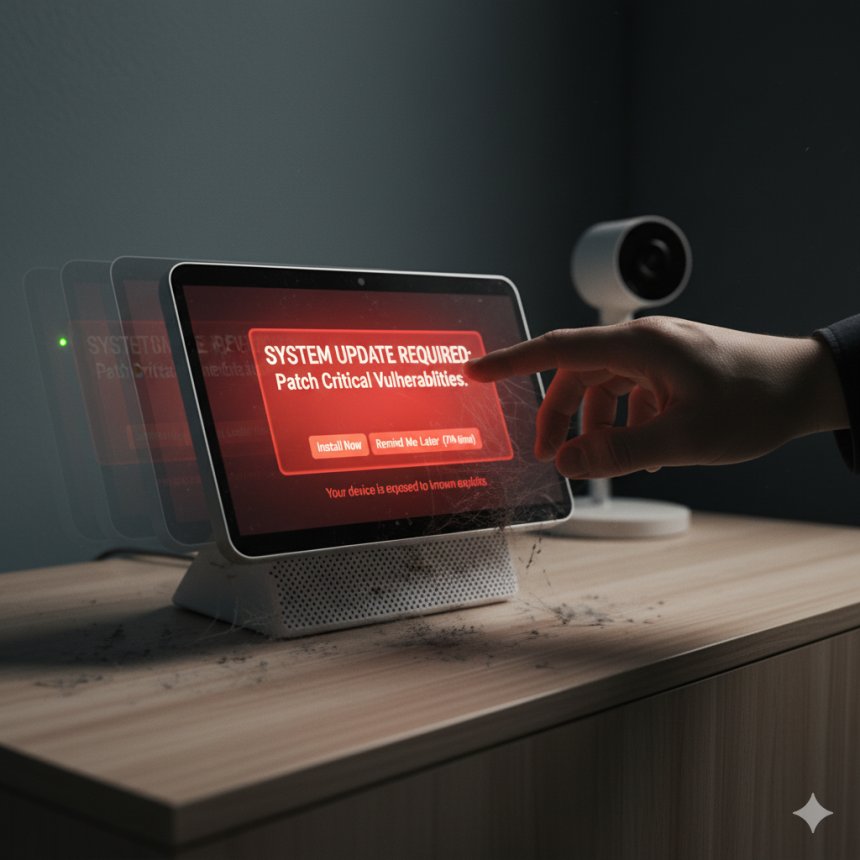
Taking Control of Your Digital Destiny
Protecting your identity online doesn't have to be an arduous task. By dedicating a few minutes to these crucial steps—starting with strong passwords and 2FA—you can significantly bolster your defenses against the most common threats. Make these practices a regular part of your online routine, and you'll be well on your way to a safer, more secure digital life.
What's Your Reaction?
 Like
0
Like
0
 Dislike
0
Dislike
0
 Love
0
Love
0
 Funny
0
Funny
0
 Angry
0
Angry
0
 Sad
0
Sad
0
 Wow
0
Wow
0
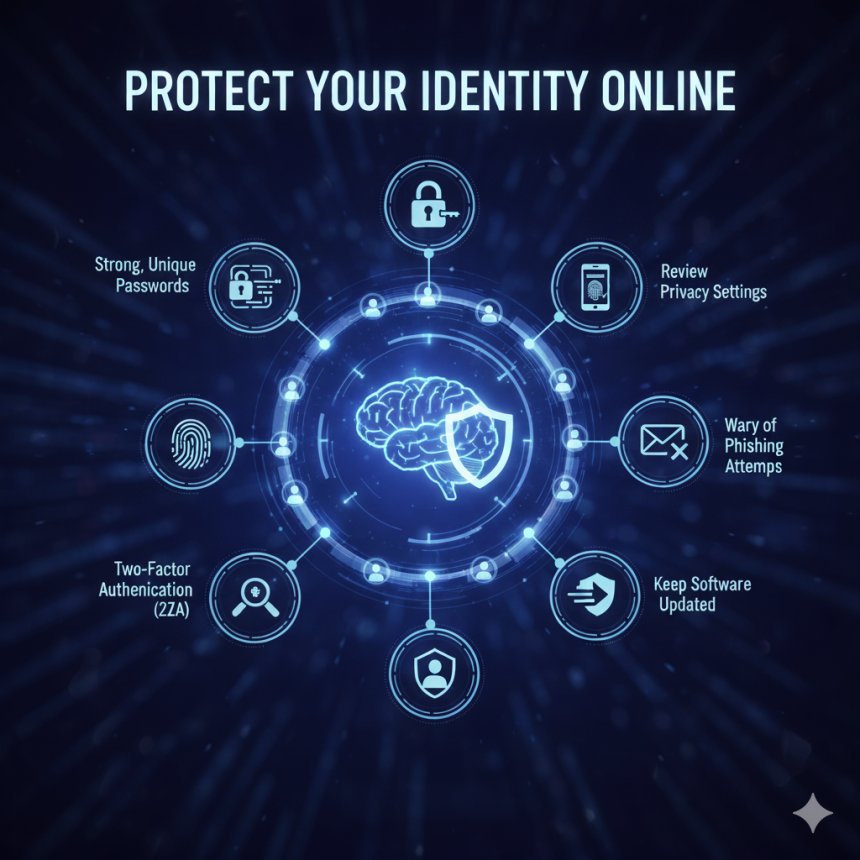




 Like
0
Like
0
 Dislike
0
Dislike
0
 Love
0
Love
0
 Funny
0
Funny
0
 Angry
0
Angry
0
 Sad
0
Sad
0
 Wow
0
Wow
0